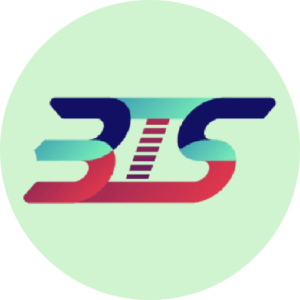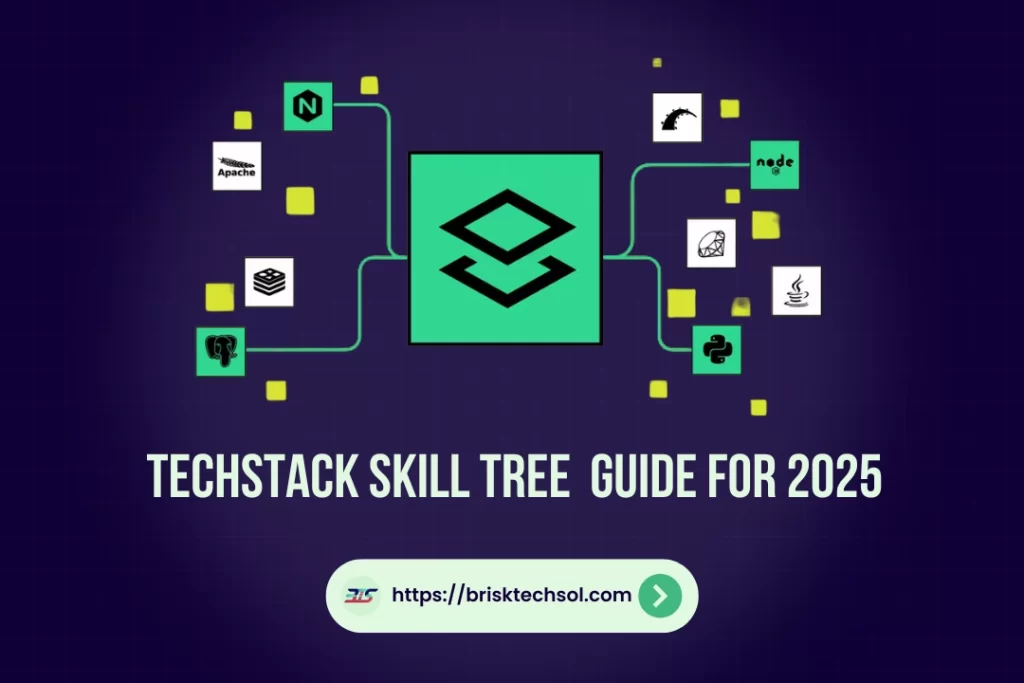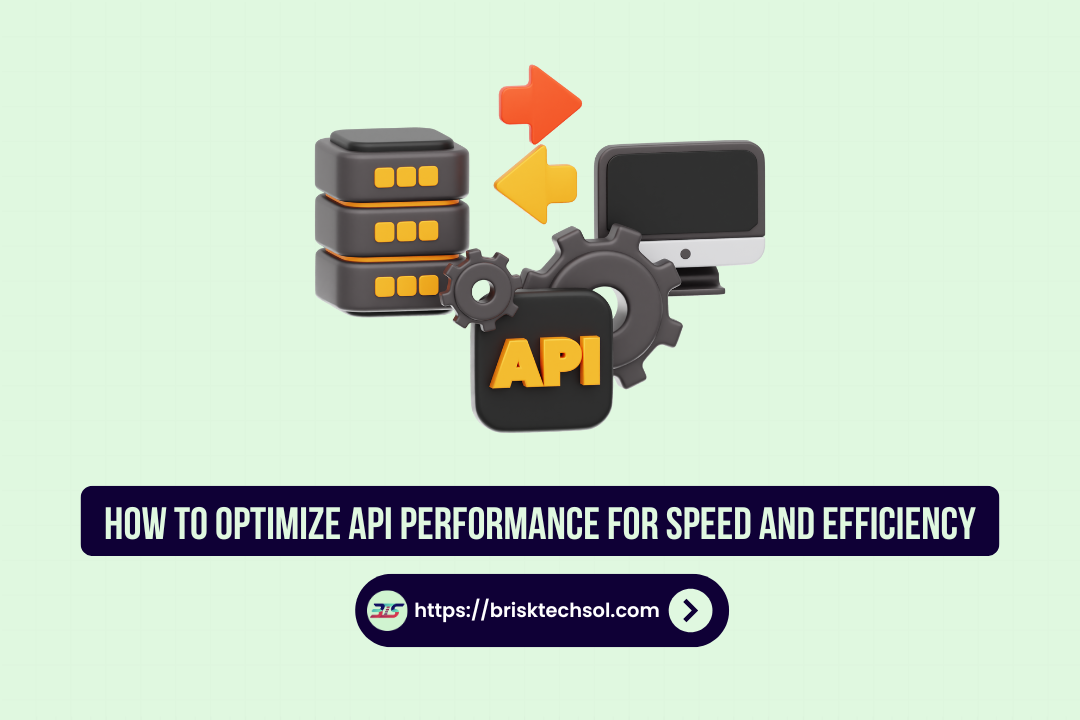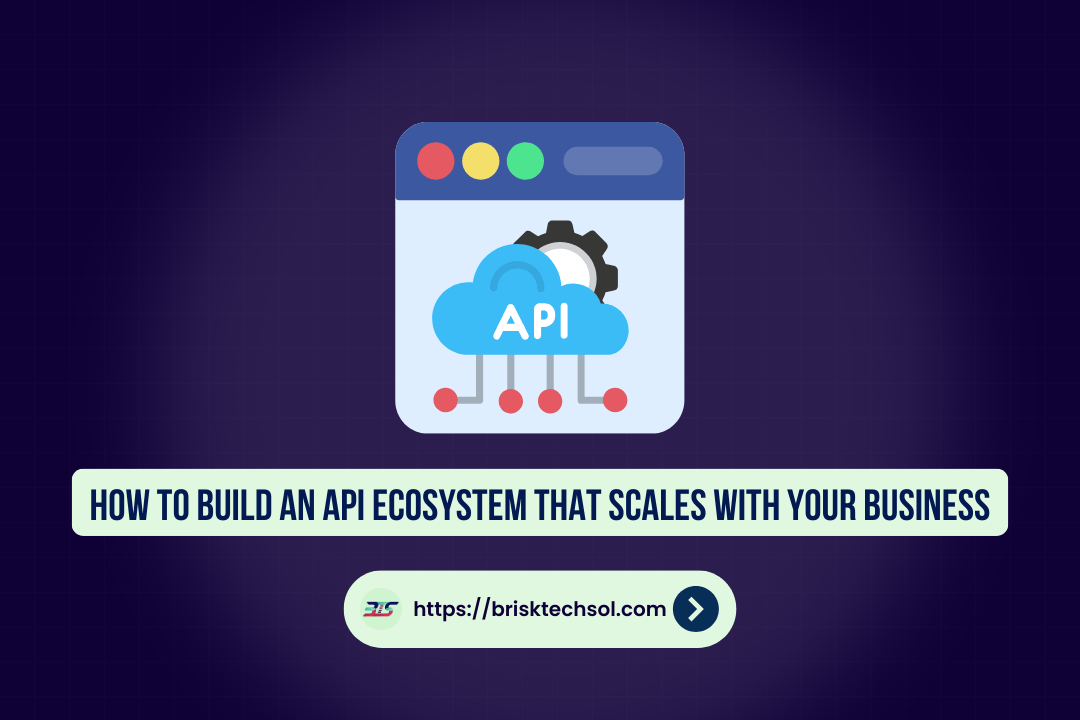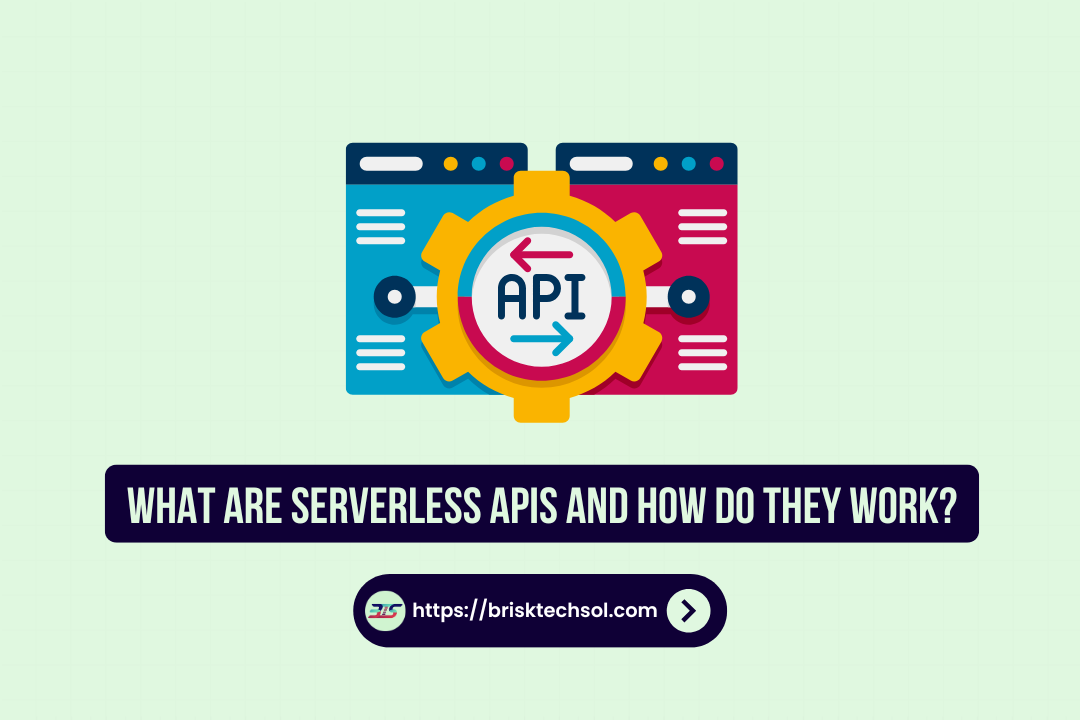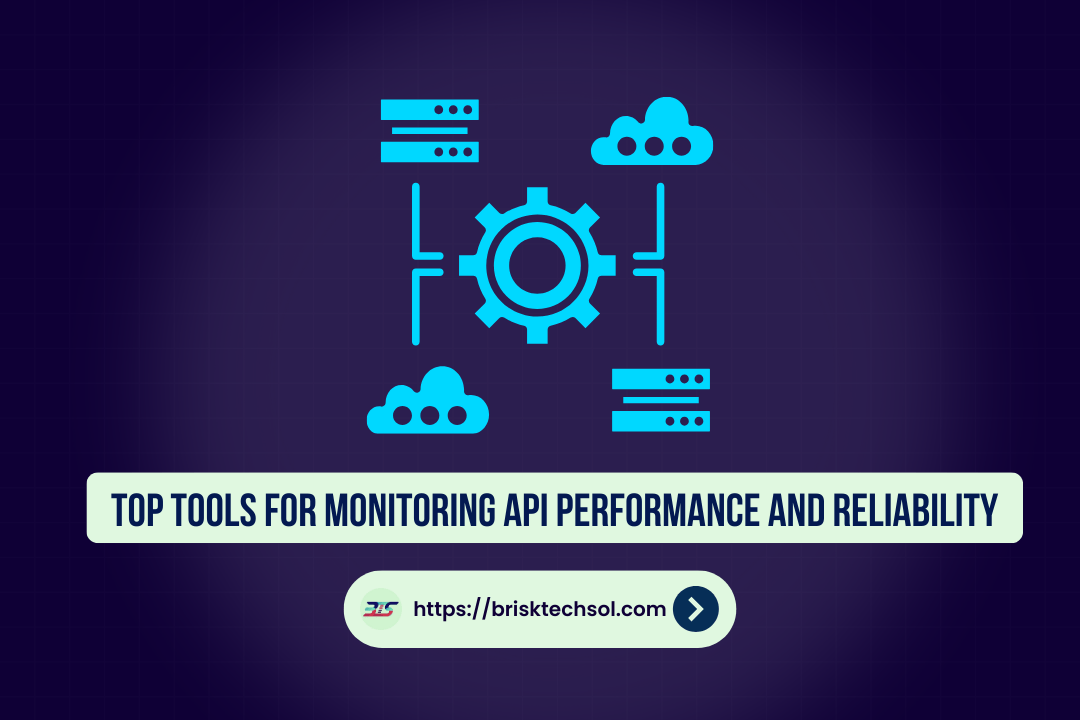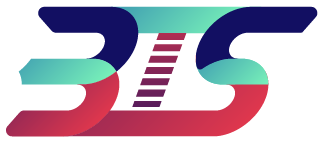A TechStack Skill Tree is a structured roadmap that helps you learn and grow in your tech career. It organizes skills into clear, manageable steps, from basic concepts to advanced tools. Whether you’re just starting or looking to expand your expertise, this approach ensures you stay focused and progress efficiently. Let’s explore how to build and use one effectively!
What is a TechStack Skill Tree?
A TechStack Skill Tree is a visual or structured representation of the technologies and skills a developer needs to master within a specific area of expertise. Borrowing from gaming, where players unlock abilities progressively, a TechStack Skill Tree organizes skills in layers, guiding developers from foundational knowledge to advanced capabilities.
For instance, a front-end developer’s skill tree might start with HTML and CSS basics and branch out to frameworks like React or Angular. It serves as a roadmap for both beginners entering the field and seasoned professionals looking to expand their expertise.
Benefits of Following a TechStack Skill Tree
1. Clear Learning Path
By following a structured plan, you avoid wasting time on irrelevant technologies. Instead, you focus on what matters most to your goals.
2. Minimizing Skill Gaps
A skill tree ensures you cover all the essential aspects of a stack, making you a well-rounded professional.
3. Career Growth
Developers with structured knowledge tend to advance faster in their careers. For instance, learning both front-end and back-end skills can position you as a full-stack developer, a highly sought-after role.
4. Collaboration and Productivity
Team members with a shared understanding of their tech stack collaborate better, reducing miscommunication and improving project efficiency.
Did You Know?
Core Components of a TechStack Skill Tree
A TechStack Skill Tree typically covers these core areas:
1. Front-End Development
- Basics: HTML, CSS, JavaScript.
- Frameworks: React, Angular, Vue.js.
- Tools: Browser dev tools, version control systems like Git.
2. Back-End Development
- Programming Languages: Python, Ruby, Java, PHP.
- Frameworks: Node.js, Express, Django, Ruby on Rails.
- APIs: REST, GraphQL.
3. Database Management
- SQL Databases: MySQL, PostgreSQL.
- NoSQL Databases: MongoDB, Cassandra.
- Cloud Databases: Firebase, AWS DynamoDB.
4. DevOps and Tools
- Version Control: Git and GitHub.
- CI/CD: Jenkins, GitLab CI, CircleCI.
- Containerization: Docker, Kubernetes.
5. Testing and Quality Assurance
- Automation Tools: Selenium, Cypress.
- Unit Testing: Jest, Mocha, JUnit.
| Skill Tree Layer | Example Technologies |
|---|---|
| Front-End Basics | HTML, CSS, JavaScript |
| Front-End Frameworks | React, Angular, Vue.js |
| Back-End | Node.js, Django, Express |
| Database Management | MySQL, MongoDB, Firebase |
Advanced Skill Trees for Niche Roles
Different tech roles require specialized skill trees tailored to their unique demands. Here’s a breakdown of advanced skill trees for popular niche roles:
1. DevOps Engineers
- Foundation: Linux, Bash Scripting, Version Control (Git).
- Intermediate: Docker, Kubernetes, Jenkins.
- Advanced: Infrastructure as Code (Terraform), Cloud Platforms (AWS, Azure, GCP), CI/CD Pipelines.
2. Data Scientists
- Foundation: Python, R, Data Visualization (Matplotlib, Seaborn).
- Intermediate: Machine Learning Libraries (Scikit-Learn, PyTorch, TensorFlow).
- Advanced: Big Data Tools (Hadoop, Apache Spark), Natural Language Processing, Deep Learning Techniques.
3. Game Developers
- Foundation: C++, C#, Basics of Game Physics.
- Intermediate: Game Engines (Unity, Unreal Engine).
- Advanced: Advanced Graphics (OpenGL, DirectX), Multiplayer Systems, VR/AR Development.
| Role | Beginner Skills | Intermediate Skills | Advanced Skills |
|---|---|---|---|
| DevOps Engineer | Linux, Git | Docker, Kubernetes | Terraform, AWS |
| Data Scientist | Python, R | TensorFlow, PyTorch | Apache Spark, NLP |
| Game Developer | C++, Game Physics | Unity, Unreal Engine | VR/AR, Advanced Graphics |
Trends in Tech Stacks 2025
The tech industry evolves rapidly, and staying updated on the latest trends is crucial for growth. Here are some of the most popular trends shaping tech stacks in 2025:
1. AI and Machine Learning Integration
- AI-driven tools like ChatGPT and Stable Diffusion are influencing tech stacks, leading to increased demand for AI libraries like TensorFlow and PyTorch.
2. Cloud-Native Technologies
- Cloud platforms like AWS, Azure, and Google Cloud dominate the industry. Skills in Kubernetes, Docker, and serverless architecture are becoming essential.
3. JAMstack for Web Development
- Modern web development stacks emphasize speed and scalability. JAMstack (JavaScript, APIs, Markup) with tools like Gatsby.js and Netlify is gaining traction.
4. Edge Computing
- With IoT devices on the rise, edge computing is becoming a key component of tech stacks to enable real-time data processing closer to the source.
5. Blockchain and Web3 Technologies
- Blockchain development and Web3 tools like Solidity and frameworks like Truffle are increasingly relevant, especially in the context of decentralized apps (dApps).
| Trending Technologies in 2025 | Key Skills to Learn |
|---|---|
| AI and Machine Learning | TensorFlow, PyTorch, Hugging Face |
| Cloud-Native | Kubernetes, Docker, Terraform |
| JAMstack | Gatsby.js, Next.js, Netlify |
| Blockchain | Solidity, Truffle, Ethereum |
By aligning your skill tree with these trends, you can position yourself for future opportunities.
How to Build Your Personalized TechStack Skill Tree
1. Assess Your Current Skills
Identify what you already know and the gaps in your knowledge. Tools like skill assessment tests or GitHub projects can help.
2. Define Your Goals
What do you want to achieve? For example, a goal might be to transition from a front-end developer to a full-stack engineer.
3. Research Industry Trends
Stay updated on in-demand technologies. For instance, in 2025, tools like Docker and Kubernetes are essential for many DevOps roles.
4. Create a Layered Approach
Structure your learning from foundational skills to advanced topics. For example:
- Beginner: HTML, CSS, JavaScript.
- Intermediate: React, Node.js, MongoDB.
- Advanced: Docker, Kubernetes, GraphQL.
5. Use Online Platforms
Leverage resources like Codecademy, Coursera, and GitHub for tutorials and practice.
Challenges in Building and Using a TechStack Skill Tree
While a TechStack Skill Tree offers many benefits, it comes with challenges:
- Overwhelming Choices: With countless technologies available, choosing the right ones can be daunting.
- Rapid Evolution: Tech stacks evolve quickly, requiring constant updates to your skill tree.
- Time Management: Balancing learning with professional commitments can be tricky.
Solutions:
- Focus on technologies aligned with your career goals.
- Dedicate a few hours weekly to learning and practicing.
- Follow trusted industry blogs and forums to stay updated.
Real-Life Examples of TechStack Skill Trees
Example 1: Beginner Front-End Developer
- HTML and CSS Basics → JavaScript Basics → Git Version Control → React Framework.
Example 2: Intermediate Back-End Developer
- Python Basics → Django Framework → PostgreSQL → RESTful API Design.
Example 3: Full-Stack Developer
- HTML/CSS → React → Node.js → MongoDB → Docker → CI/CD with Jenkins.
Learning from others’ skill trees can provide valuable insights and inspiration for your own.
Conclusion
A TechStack Skill Tree is more than a roadmap— t’s a strategy for mastering technology systematically. Whether you’re a beginner or an experienced developer, creating and following a skill tree can accelerate your learning, close skill gaps, and open doors to exciting career opportunities.
FAQs
1. What is a TechStack Skill Tree, and why is it important?
It’s a structured roadmap for mastering skills in a specific technology stack, ensuring efficient learning and career growth.
2. How do I create my own TechStack Skill Tree?
Assess your skills, set goals, research trends, and organize your learning path in layers.
3. Which technologies should beginners prioritize in their skill tree?
Start with foundational technologies like HTML, CSS, JavaScript, and Git.
4. How do I keep my TechStack Skill Tree updated?
Follow industry blogs, forums, and surveys to learn about emerging trends and tools.
5. Can I specialize in multiple stacks simultaneously?
It’s possible but challenging. Focus on mastering one stack first before diversifying.

